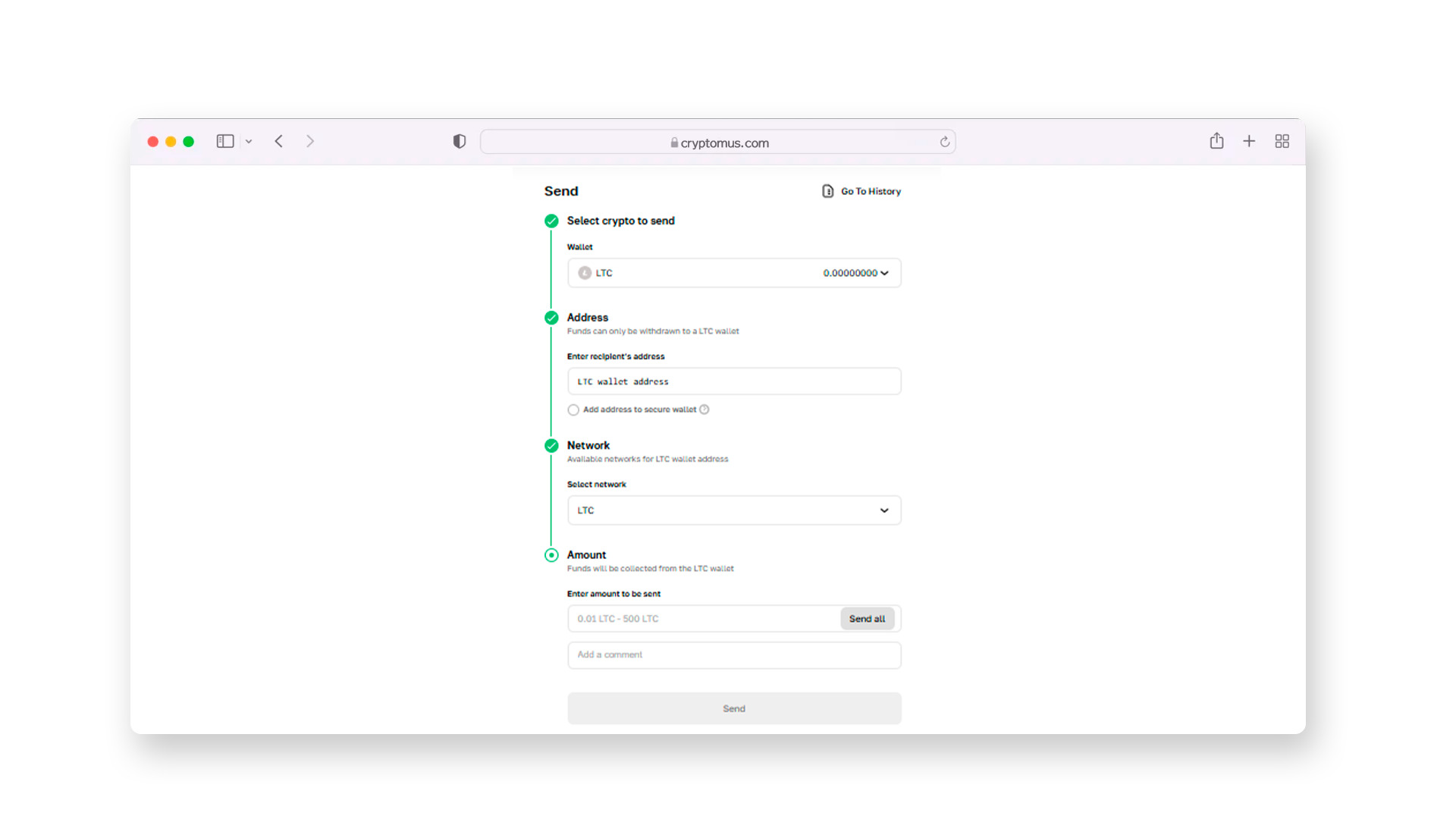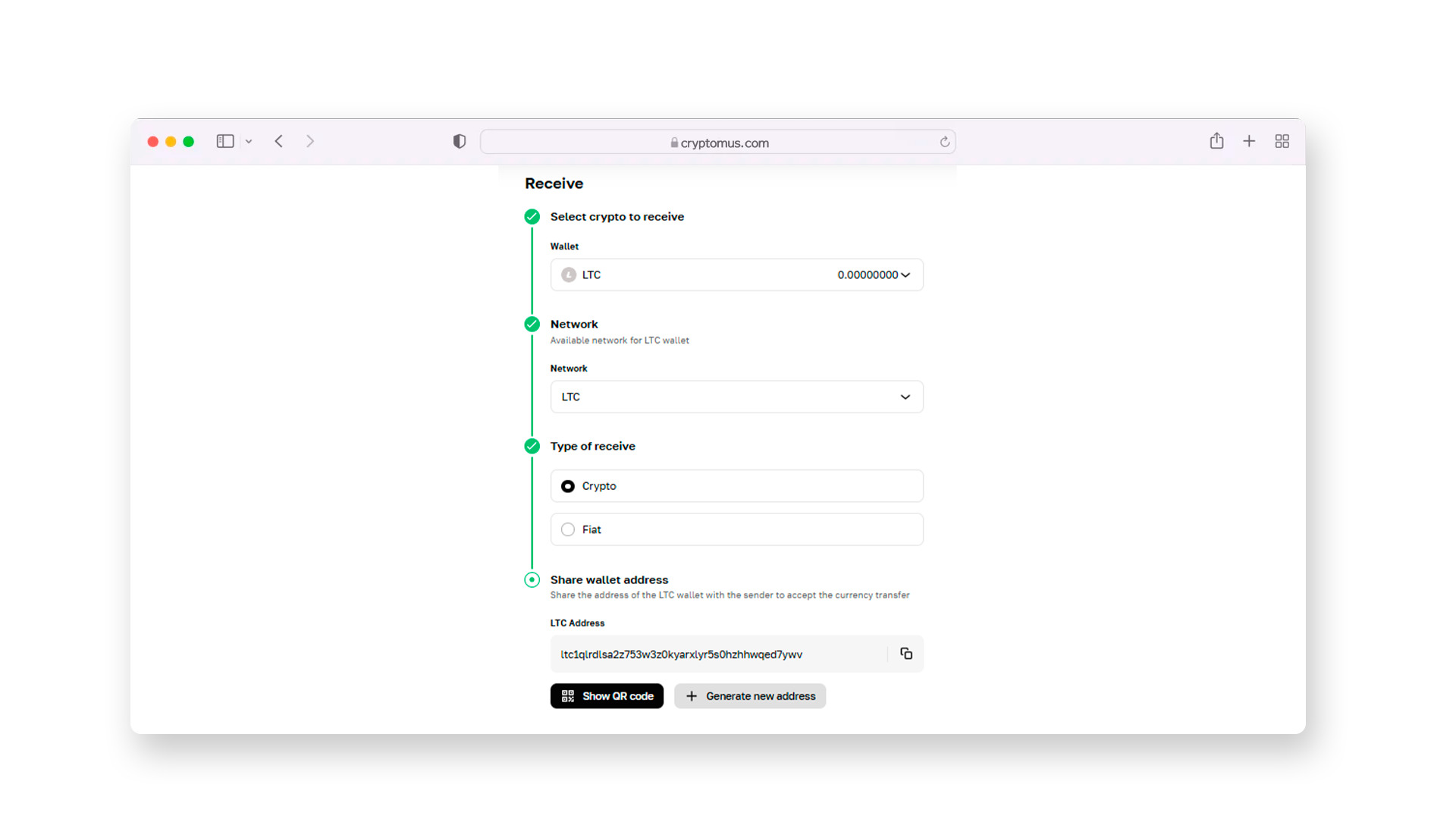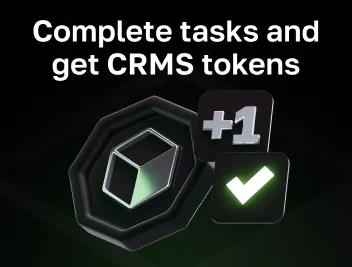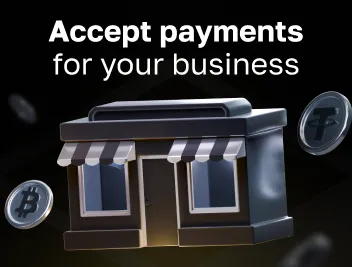
How To Create a Litecoin (LTC) Wallet
Litecoin is one of the most popular cryptocurrencies, known for its speed and low transaction fees. To use LTC, you need a wallet to store and manage your coins. In this article, you will learn the basics of Litecoin wallets, including how to set one up and how to make transactions.
What Is a Litecoin Wallet Address?
A Litecoin wallet is a digital storage for managing LTC tokens. It acts as your personal vault for LTC, allowing you to store, receive, and send your coins.
You receive a wallet address as soon as you create a wallet. A Litecoin wallet address is your unique ID for receiving LTC tokens. You can safely share a wallet address when receiving tokens.
A LTC wallet address is typically a long sequence of alphanumeric characters that begins with “ltc”. There’s an example of a Litecoin wallet address:
ltcusd74QXEUgJhbv4bRRHyGNKUANetjRUF
How to Create a Litecoin Wallet?
Naturally, all wallets have distinct setup processes, but the steps are typically similar. Here’s a general guideline on how to create a Litecoin wallet:
- Pick a wallet provider.
- Sign up on a platform.
- Secure your wallet.
- Pass KYC verification if it’s required.
- Fund and manage your LTC.
Before setting up a wallet, you should take initial steps to protect your account. For instance, on Cryptomus you begin by signing up using a strong password. Next, you can configure extra options, such as enabling 2FA to secure your wallet.

Crypto Wallets That Support Litecoin
Different wallet types cater to various needs. Your options fall under these categories:
-
Custodial: These are typically offered by crypto platforms and work great for everyday use. They usually come with built-in exchanges and provide other useful services like staking and other types of rewards.
-
Non-custodial: Such wallets put you in control. They offer enhanced security and privacy but require more responsibility. However, if you lose access or get hacked, the responsibility falls entirely on you. The worst thing here is that you might not ever be able to regain access to the wallet since there is no support system.
For beginners and frequent users, a custodial wallet is the best option. But for long-term holders, non-custodial options will work nicely as well.
Cryptomus might be regarded as the best Litecoin wallet due to its strong security features and simple interface. Plus, it allows you to instantly buy LTC tokens via debit or credit card or P2P platform, or trade it on the exchange. Moreover, it has a handy converter, and other useful tools.
How to Make Transactions With LTC Wallet?
Once you've completed the set up, you may begin using your wallet to make transactions. To send LTC tokens, you should:
- Open your wallet
- Go to the "Send" section
- Choose Litecoin
- Specify amount
- Enter the recipient's wallet address
- Review and confirm

Receiving LTC requires these steps:
- Open your LTC wallet
- Go to "Receive" section
- Choose Litecoin
- Copy your wallet address
- Share it with the sender
- Wait until the tokens are credited to your account

Now you’re familiar with the process of configuring a Litecoin wallet. And with its creation, you're ready to start sending and receiving LTC.
We hope this guide helped you go through the process! Feel free to leave your thoughts, questions, and experiences with Litecoin down below. Let's chat!
Rate the article








comments
0
You must be logged in to post a comment